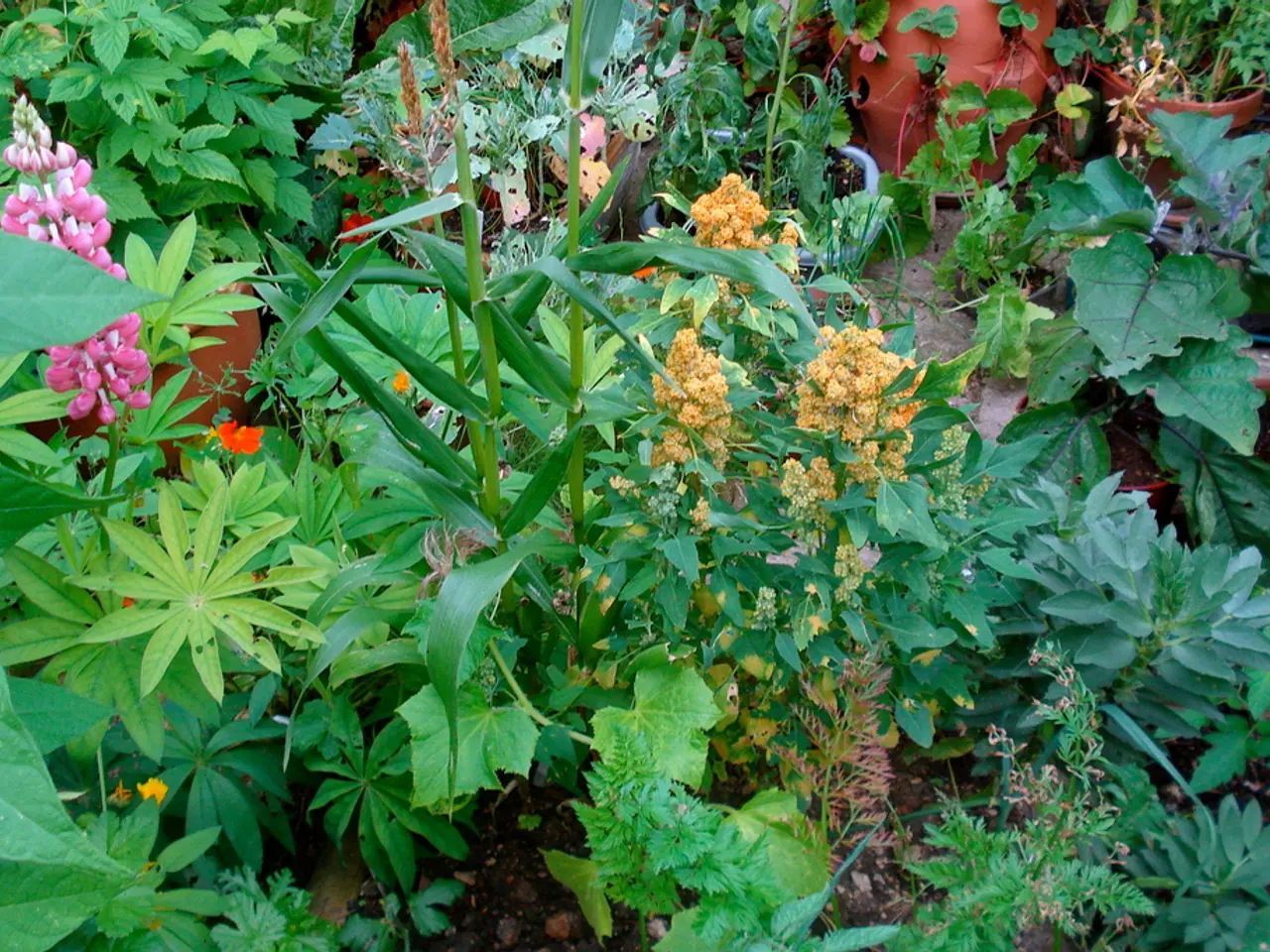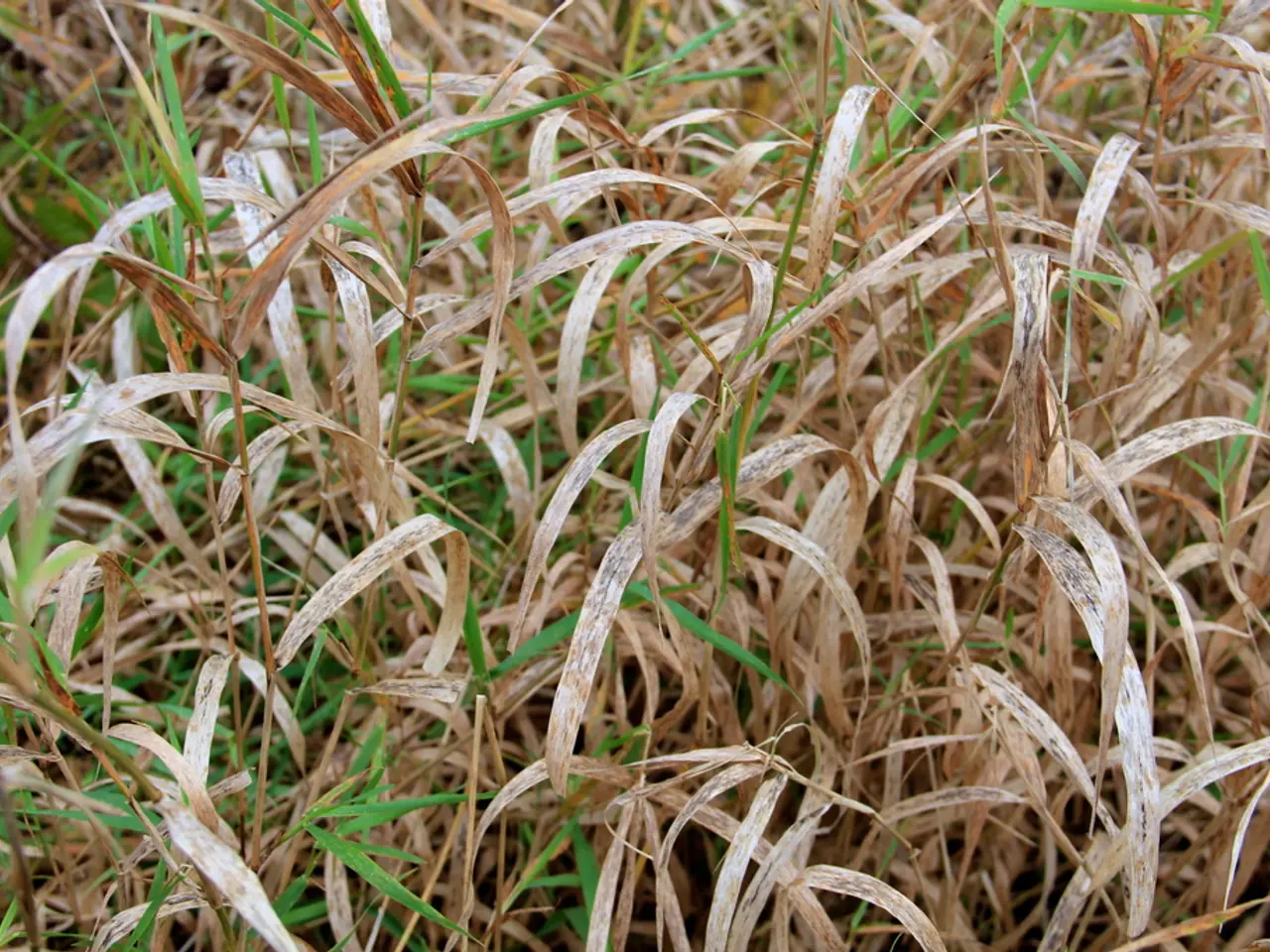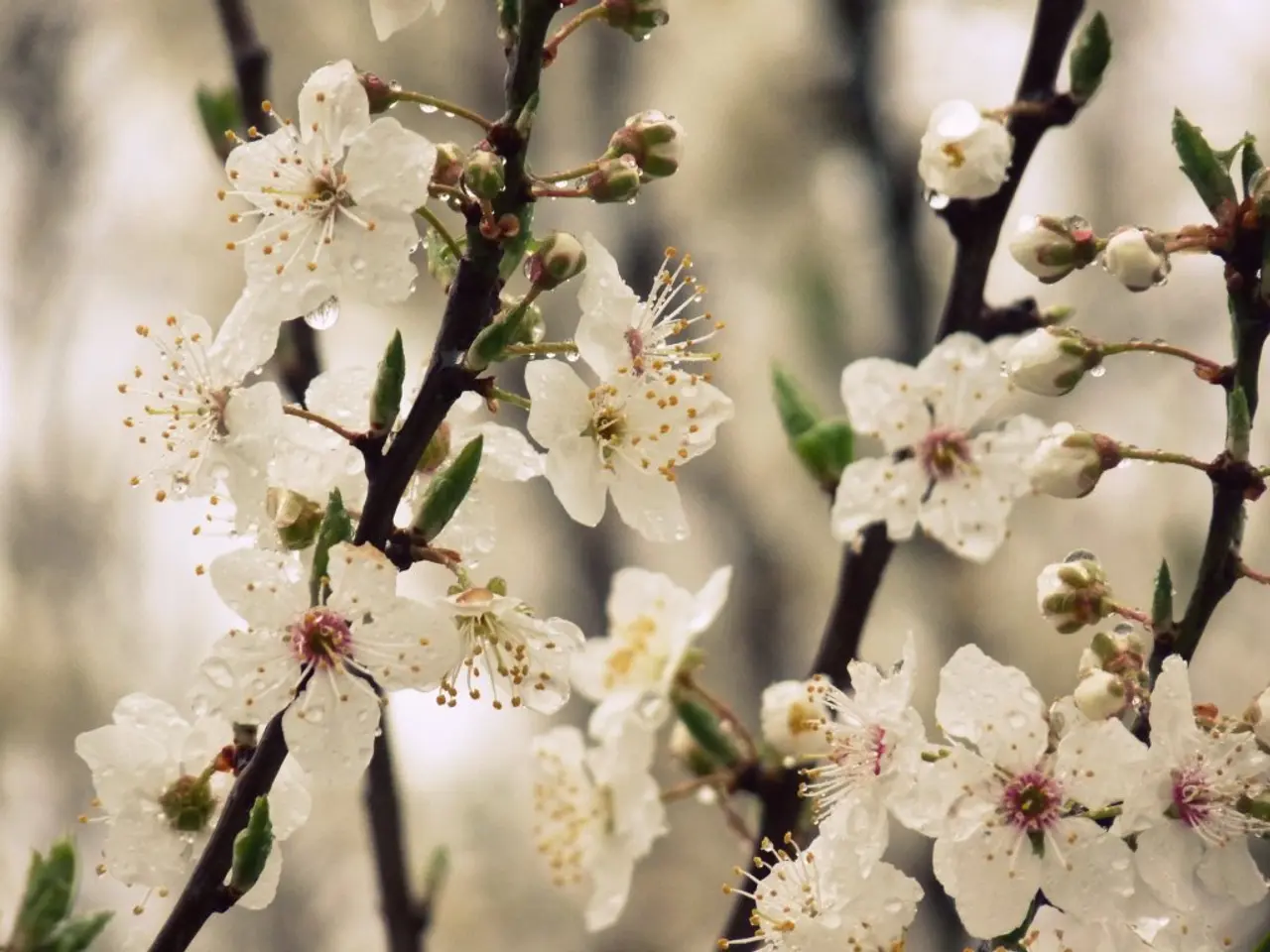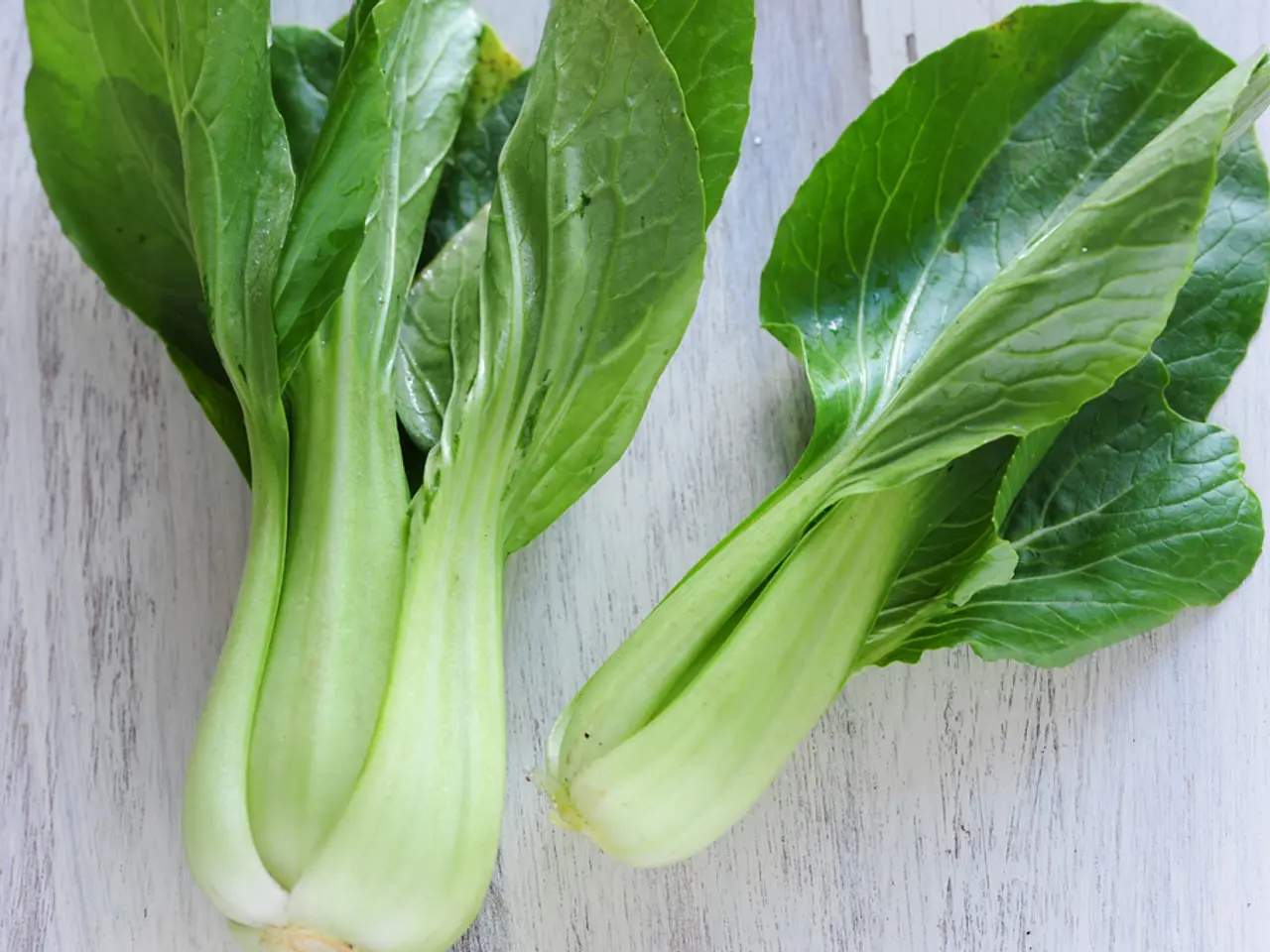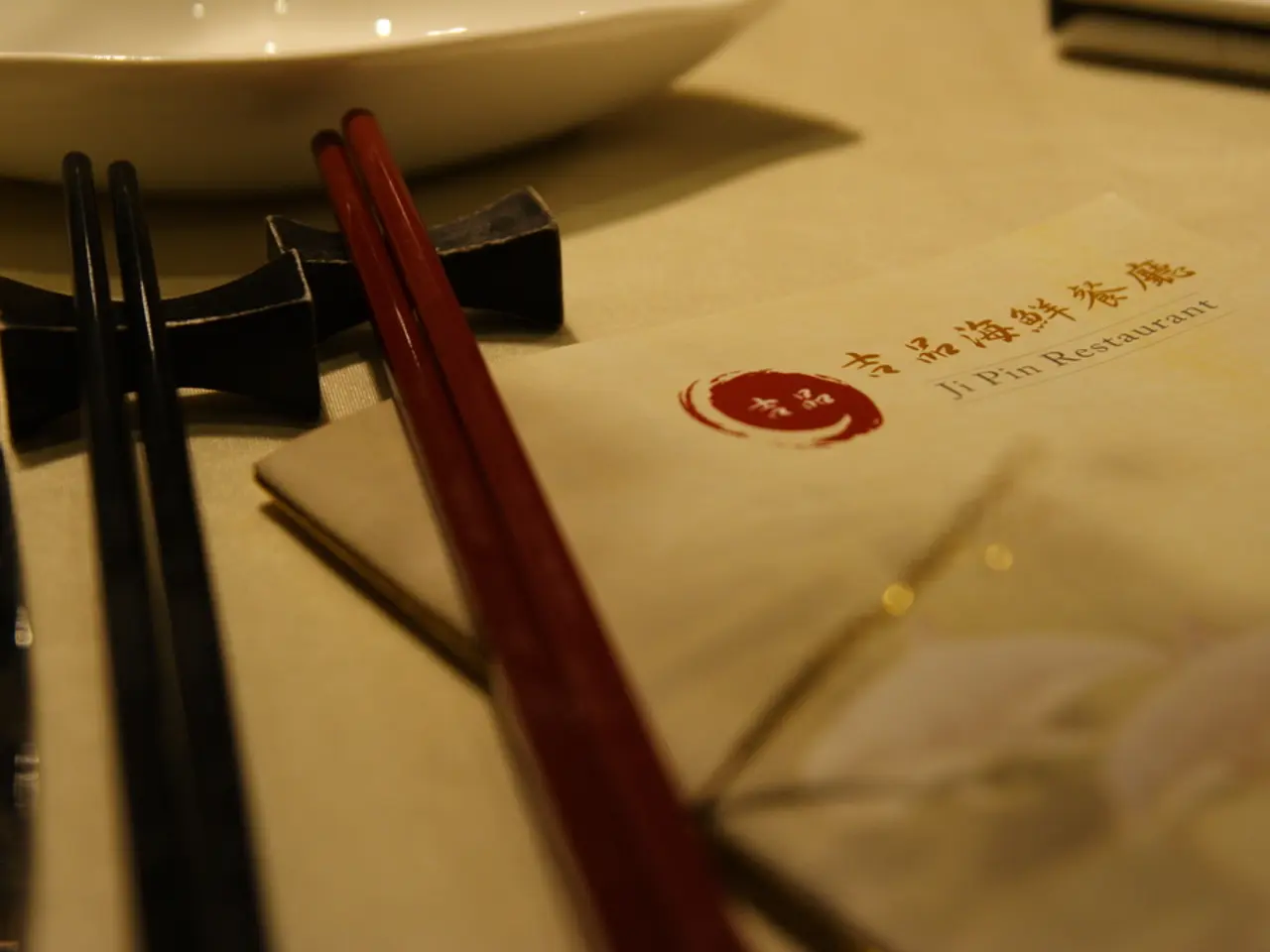Conquered Garden Anxieties: I Embraced the Chelsea Chop with No Remorse
The Chelsea Chop, a popular gardening technique, is gaining traction among enthusiasts for its ability to transform herbaceous perennials into bushier, more compact, and flower-filled delights. Named after the prestigious RHS Chelsea Flower Show in London, this method is all about timing, patience, and a little bit of courage.
The Chelsea Chop involves pruning tall, leafy perennials just before they set buds, often by cutting stems diagonally above a leaf node. Plants that are typically targeted include clumping perennials like coneflower (Echinacea), black-eyed Susan (Rudbeckia), goldenrod (Solidago), sneezeweed (Helenium), Salvia, and yarrow (Achillea).
This seemingly counterintuitive approach offers numerous benefits. By cutting back plants, gardeners can encourage bushier, more compact growth, delay or stagger flowering, and prevent plants from flopping or falling over. This results in a tidier garden with stronger, more manageable plants that continue flowering later into the season.
Morris Hankinson, the founder and managing director of Hopes Grove Nurseries Ltd, a specialist grower-retailer of hedging plants, advises not to be scared of the Chelsea Chop. He suggests trying it as a way to get flowers sooner, followed by more later. Monty Don recommends cutting about halfway up the existing growth for plants with several clumps, and one-third of the plant for those with just one big clump.
Comparing areas of a plant that have been chopped with those that haven't can help assess the effectiveness of the Chelsea Chop. Many other summer- and autumn-flowering perennials can be treated similarly.
The Chelsea Chop isn't just about care for gardens, but also a metaphor for growth and letting go in life. Growth can come from letting go, and gardens often flourish after a little reset. So, when the husband storms out into the garden with secateurs, the wife no longer gasps but grabs her own and joins in.
In summary, the Chelsea Chop is an effective mid-spring pruning method for controlling the height of certain perennials, promoting healthier, more attractive plants with an extended flowering season. It's a favored technique among gardeners seeking a more controlled and floriferous garden display.
- The technique of the Chelsea Chop, popular in gardening, encourages gardeners to prune tall, leafy perennials like coneflower (Echinacea), black-eyed Susan (Rudbeckia), and yarrow (Achillea), creating bushier, more compact plants that continue flowering later into the season.
- Morris Hankinson, a specialist grower-retailer of hedging plants, suggests not to fear the Chelsea Chop and advises trying it as a way to get flowers sooner, followed by more later.
- Besides being useful for gardens, the Chelsea Chop can also be a metaphor for growth and letting go in life, as growth often comes from letting go, and gardens often flourish after a little reset.
- Incorporating the practice of wellness and home-and-garden, the Chelsea Chop can help transform one's lifestyle by providing a more controlled and floriferous garden display.
- Many other summer- and autumn-flowering perennials can be treated similarly, offering benefits such as delaying or staggering flowering, and preventing plants from flopping or falling over, thus contributing to a healthier, more attractive home-improvement project.
